Choosing the Right ADA-Compliant Picnic Table
If you’re designing a public outdoor space or recreational area, this means you should be aware of the specific requirements for ADA compliance as it pertains to your park and picnic space. Many tables can be sold as “wheelchair accessible,” but this doesn’t necessarily mean they are also ADA compliant. In case of an audit, there are a few important distinctions to be aware of when choosing your outdoor picnic tables.
Background
Since 1990, the Americans with Disabilities Act (ADA) has legally required that all public spaces be designed to provide fair and equal access to those with disabilities. This means that picnic grounds, businesses, transportation lines, parks, and other recreational spaces must be designed to accommodate wheelchairs. In 2010, the Department of Justice released their ADA Standards for Accessible Design, which altered Title I and II regulations in the original ADA law; three years later, the United States Access Board released their Outdoor Developed Areas guidelines in accordance with 2004 Architectural Barriers Act Accessibility Standards. All of these changes placed added emphasis on usable design requirements, including specific measurements and usability features.
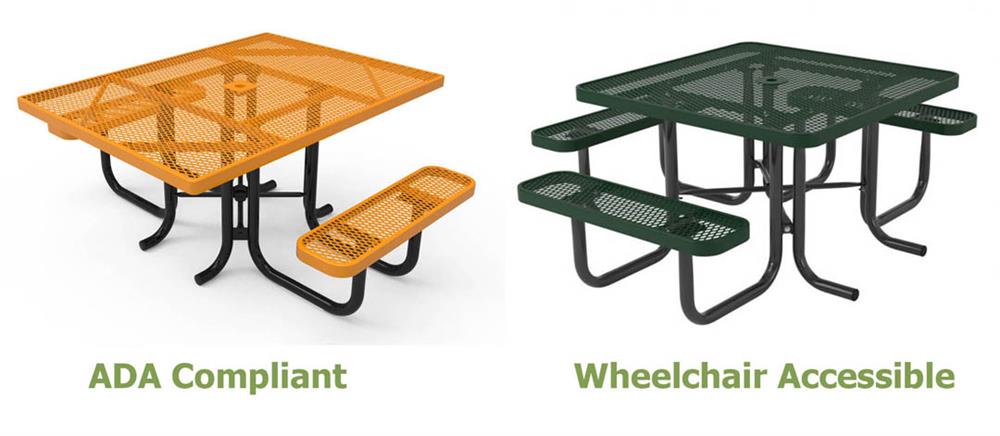
There’s More to ADA Compliance Than Just Tabletop Height
Many “wheelchair accessible” tables focus solely on the height of their manufactured table surface and their anticipated wheelchair clearance height. While this is one important consideration to designing accessible spaces, there are several other dimensions that come into play as well, some of which can restrict access even if the height of the tabletop is correct. The Architectural Barriers Act Accessibility Standards for picnic tables are as follows (ABAAS 306):
• Overall knee and leg clearance must measure at least 27” in height x 30” in width x 17” - 25” in depth
• The toe clearance box itself must measure at least 9” in height x 30” in width x 6” in depth
• Clear ground space must measure 30” x 48” inches, with at least one full-unobstructed side that leads to an outdoor recreation access route
• There must be 36” of clear ground space around the perimeter of the table, measured from the back of the seating bench
• Ground space shall be firm, stable, and slip resistant
For a visual aid, here are the original images from the ABA Standards Guide:

So What Does This All Mean?
As you can see, wheelchair-accessible picnic tables may not always be ADA compliant. Often, the table leg design and structural frame beneath the table can prevent individuals in wheelchairs from pulling fully under the tabletop. Maintaining an ADA-compliant picnic space also extends beyond table design and into the realm of landscaping and space design. In other words, you must place your ADA-compliant picnic table in a place with stable ground coverage that extends 36” inches in all directions, starting from the rear of the bench seats. You must also design accessible, unobstructed pathways with the appropriate spacing and slip-resistant surface to safely accommodate those with disabilities.

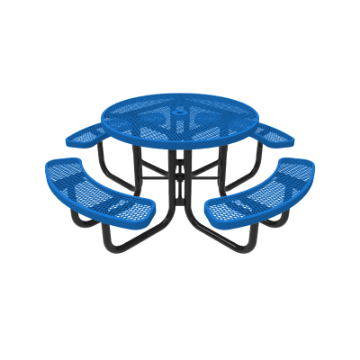
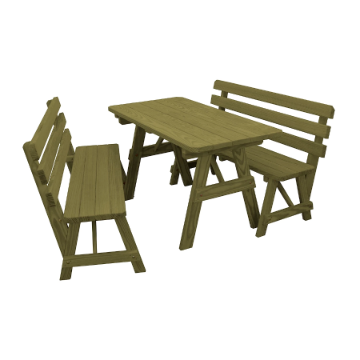
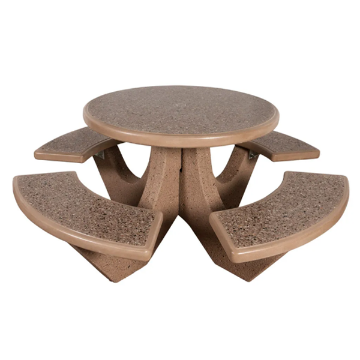
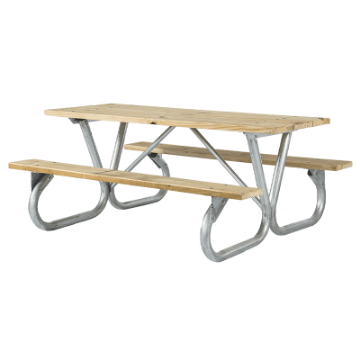
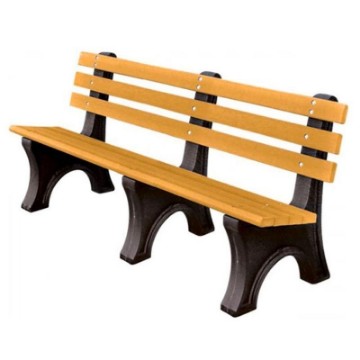
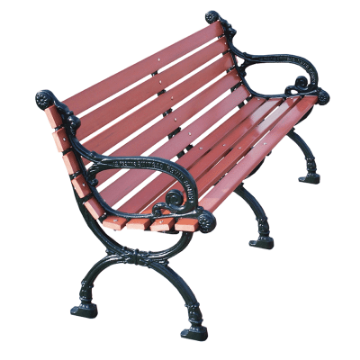
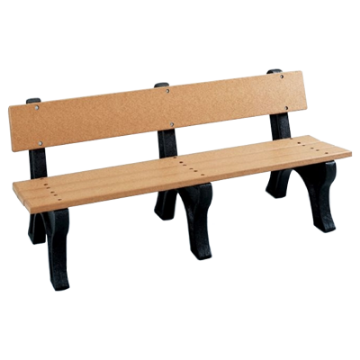
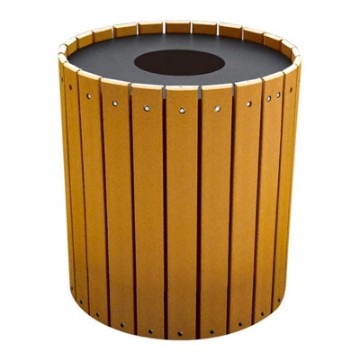
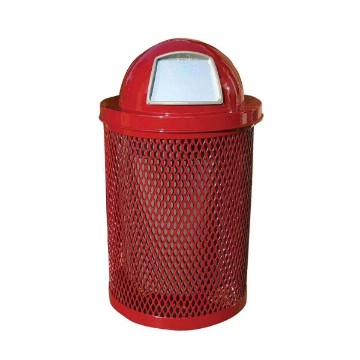
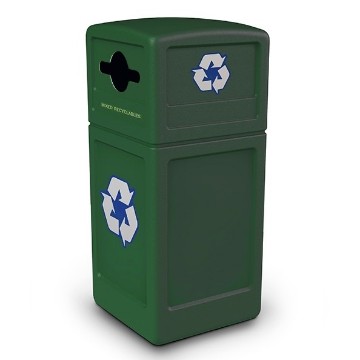
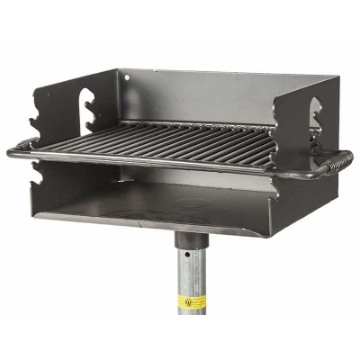
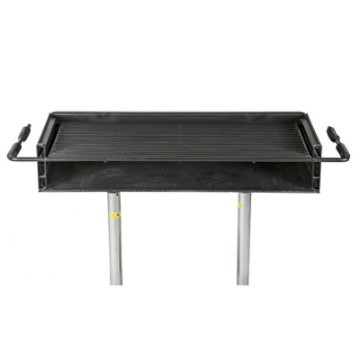
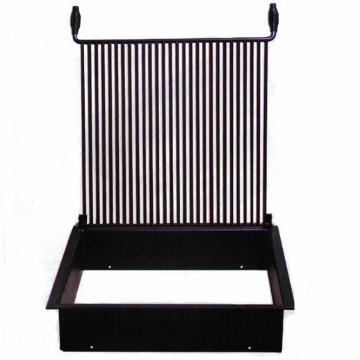
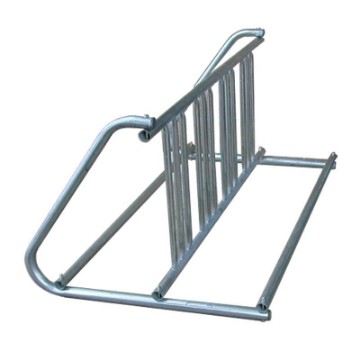
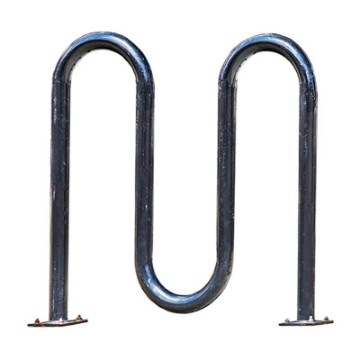
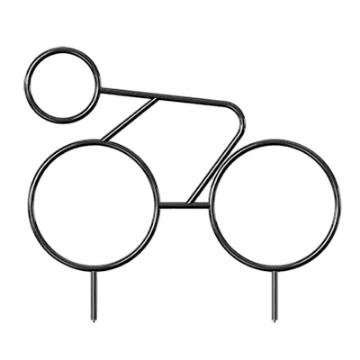
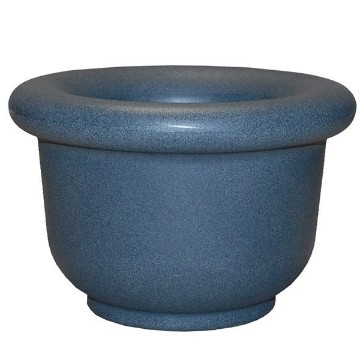
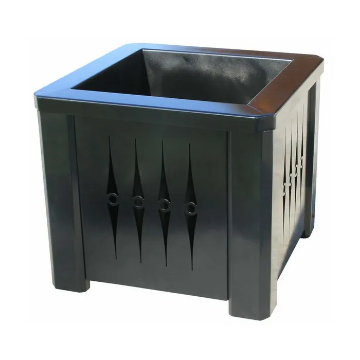

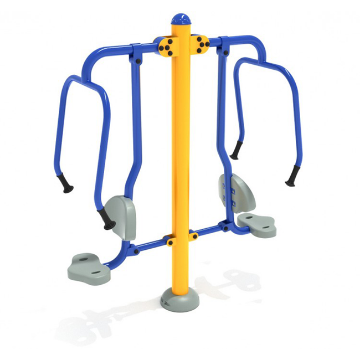
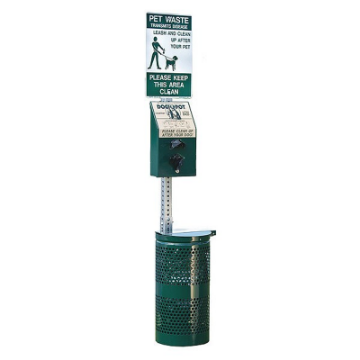
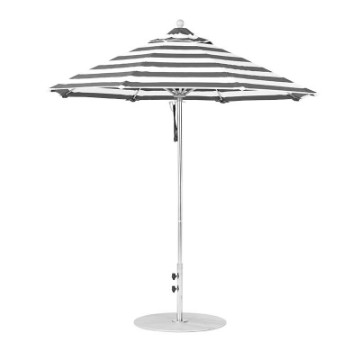
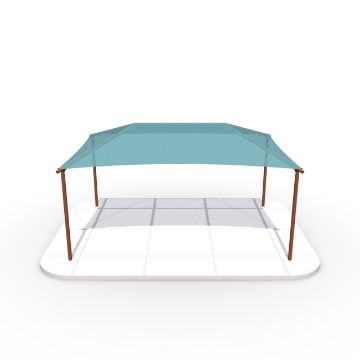
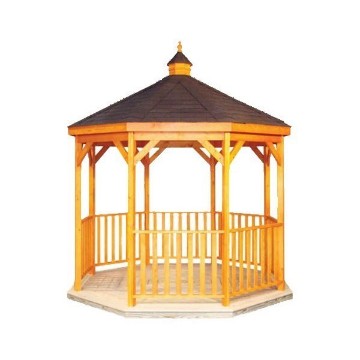
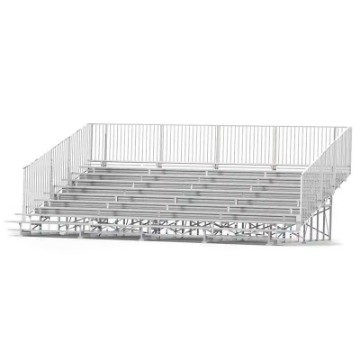
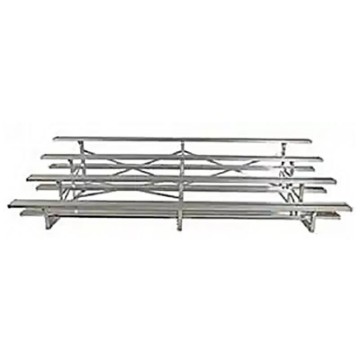
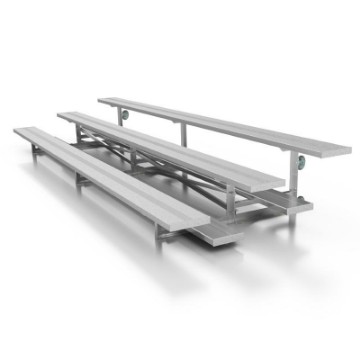
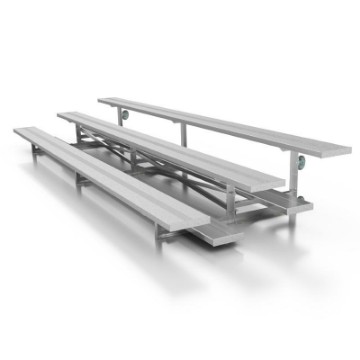
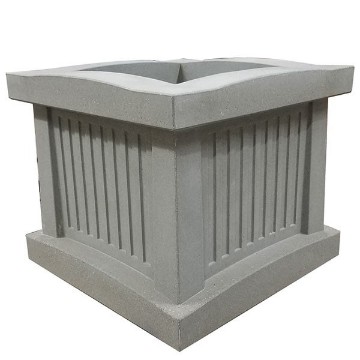
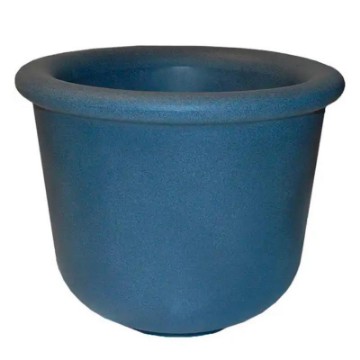
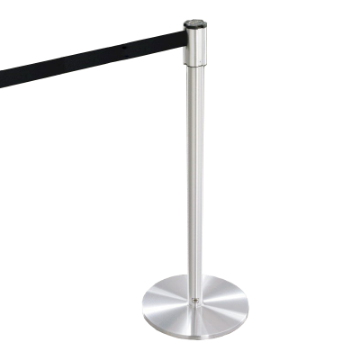

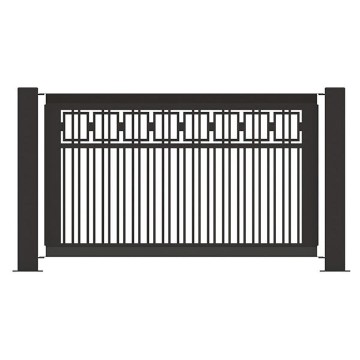

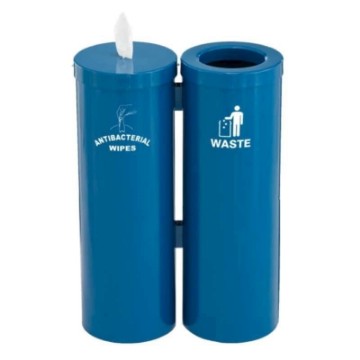
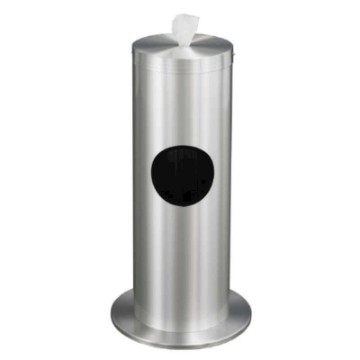
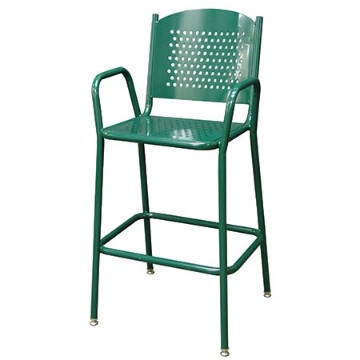
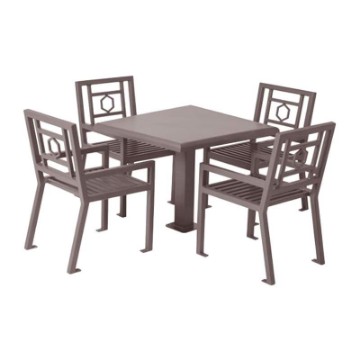
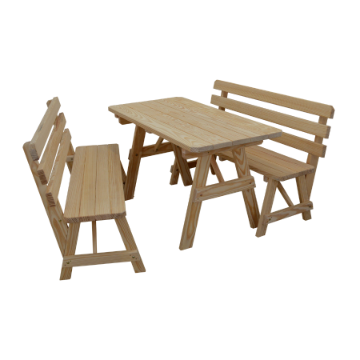
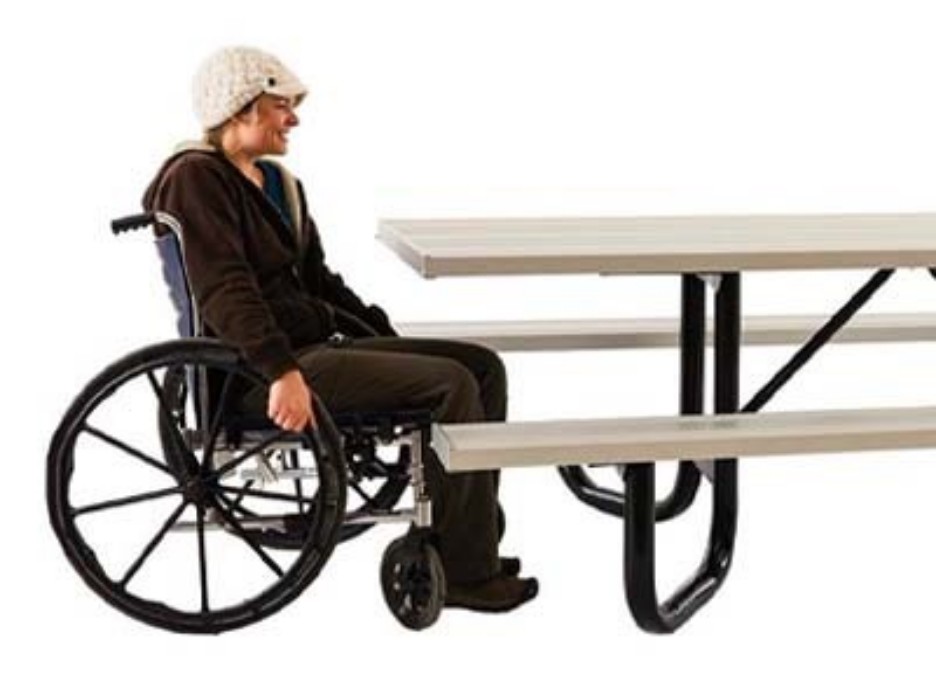



Leave your comment